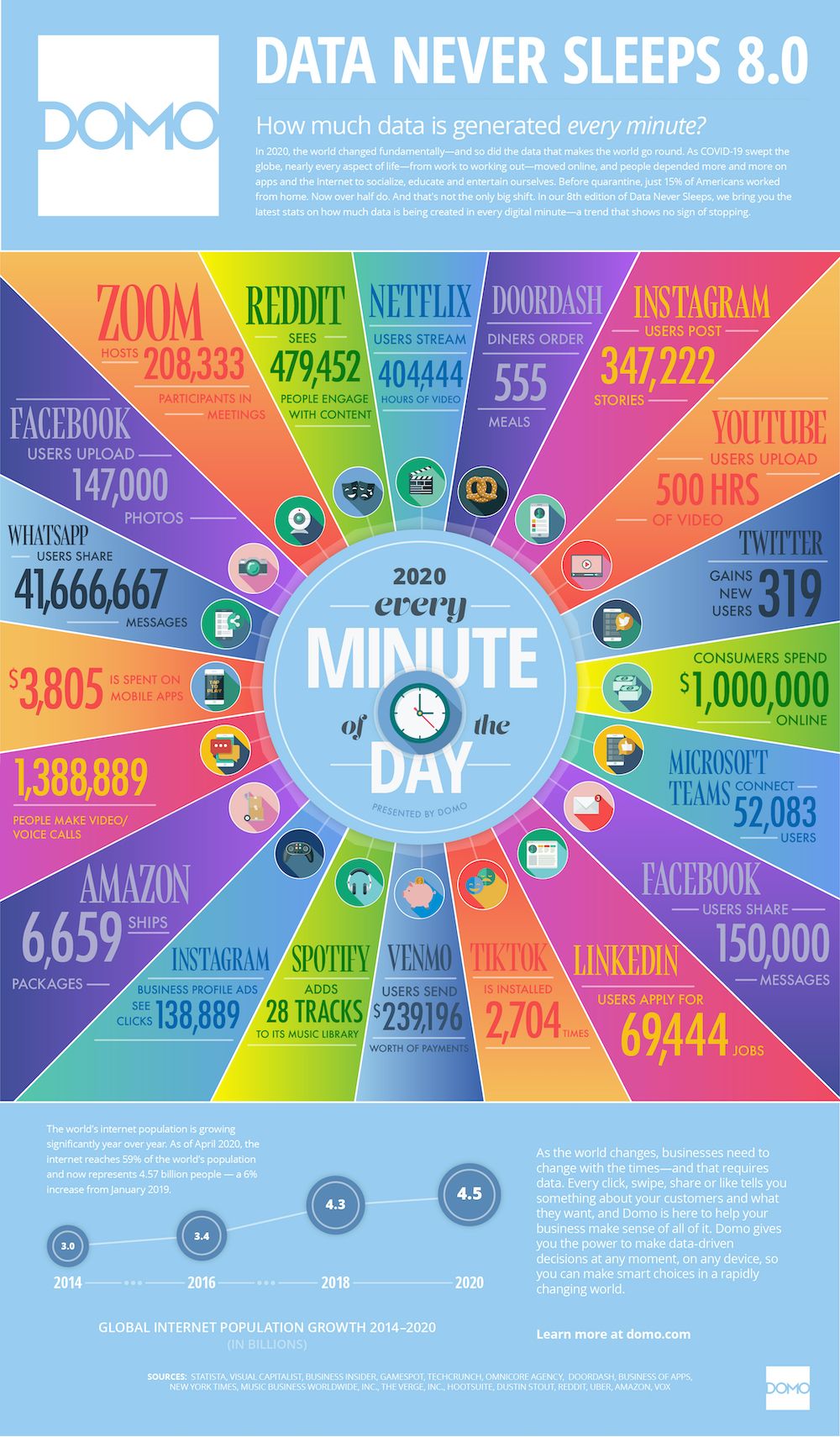Four Reasons Why Localization Is Booming

The Industry
This article speculates about why the localization industry has been able to grow sharply during the Covid pandemic. It was – and still is – a period of economic turmoil. Like rafting down rapids with water rushing in from all directions, companies have had to contend with social, health, economic, and government-related upheaval in the form of:
- Safeguarding the health of their employees
- Navigating restricted supply chains
- Handling gyrating exchange rates
- Addressing and accepting demands for diversity, equity and inclusion
And yet companies have been consuming localization services at a record pace. In the past five years, the localization industry managed to grow about 44%. (Measuring the size of the localization industry is a challenge because of the significant long tail of small companies operating in that space. The statistics below are two accurate measures to be taken with a grain of salt.)
2017 - $43 billion
(Source: Common Sense Advisory, Annual Survey on the Size and Growth of the Global Language Services and Technology Market)
2022 (estimate) - $64.7 billion
(Source: Nimdzi, Size of the market and five-year growth projection)
What follows are four pillars of growth during that period of time.
1. To Connect Is to Be Human
The lockdowns we experienced during covid left people clamoring for ways to be connected. Not just with family, but friends, colleagues, clients, customers, mentors.
Companies providing products and services over the internet therefore had an opportunity. With higher levels of visitors to their sites, they could see demand trends in the data more easily. That data put emergent priorities in sharp relief on crowded roadmaps.
Furthermore, companies could leverage online successes by localizing their content to create or extend their global reach. This confluence of pandemic-era consumerism and behavioral change led to enormous demand for localization services.
I think this part is obvious and not much more needs to be said.
2. Data Accumulation
In our desire to connect, we create data. A lot of it.
We take pictures and label them, flood social media platforms with our posts, send email campaigns, create digital newsletters and surveys. We still publish articles in traditional print media.
Say that a company publishes 5,000 words of new content on their website each month. If the company localizes that content into 10 languages, the words to be translated work out to:
- 600,000 words/year (5,000/month x 10 languages x 12 months)
That might not seem like much, but consider this: Statista.com estimates there were 333 million companies world wide at the end of 2021. That number increases even more when factoring in individual creatives publishing content themselves.
So, how many source words are written per year?
I attended the American Machine Translation Association (AMTA) Conference in Orlando, FL from 12 - 16 September 2022. Jay Marciano – Director of Machine Translation Outreach & Strategy for www.lengoo.com – lead a three-hour workshop covering the history of machine translation (MT) and describing the state of the art today.
Of the many junctures and milestones along MT's evolutionary path, the data-growth phenomenon has been a key driver. Marciano included this infographic from Domo.com to drive the point home. It shows how much data was being created every minute of every day in 2020, almost three years ago as I write this.

Paul Overberg and Kevin Hand co-authored an article under the Future of Everything series published in the Wall Street Journal in December ‘21 titled How to Understand the Data Explosion (subscription required).
The files on your phone are only a microcosm of the global increase in data creation and storage. Individuals, businesses and governments are generating an almost astronomical amount of data that require strings of zeros and arcane terms just to describe the sheer volume. About 64 zettabytes was created or copied last year, according to IDC, a technology market research firm. That’s 64 followed by 21 zeros. A zettabyte is 1 billion terabytes or 1 trillion gigabytes.
So there's that.
3. Maturation of Content Management Systems (CMSs)
Forces beyond our control reshaped how we connect with others. We are creating a new ocean of data every day. So, where does it all go?
Hosting technologies originally designed for blogging (i.e., Wordpress and Drupal) have become mega platforms. These are spaces for companies and individuals to structure, build, and refine their brand through the written word: articles on ecommerce, art, automobiles, solar energy, vegan recipes, animal rescue.
CMSs are remarkably feature rich compared to even five years ago. Makers are locked in an arms race to delight their customers. Net Solutions (A Complete Guide to Content Management Systems in 2022) defines the most essential features below:
Intuitive dashboard, Easy-to-use interface, Easy administration, Built-in SEO tools, Multi-language support, Flexible deployment, Security, Support, Multi-channel publishing, Extensibility
As of the time of writing this, I could not find an industry report estimating the total number of words hosted by CMSs world wide. But the flexibility that CMSs offer has been undeniable. They have unlocked new levels of creativity that allows companies and entrepreneurs to define their brand. Localization amplifies this creativity around the globe.
Here's a non-comprehensive list of CMSs that are ahead of the pack offering multi-language support.
- Adobe Experience Manager (AEM)
- Braze
- Contentful
- Contentstack
- Craft CMS
- Crownpeak
- Drupal
- Eloqua
- Hubspot
- Intercom Articles
- Joomla
- Kontent by Kentico
- Marketo (Adobe)
- Opentext
- Optimizely
- Pimcore
- Salesforce CRM
- Salesforce Knowledge
- Salesforce Marketing Cloud
- Sitecore
- Storyblok
- Wordpress
- Xperience by Kentico
- Zendesk Dynamic Content
- Zendesk Guide
4. Emergence of Learning Management Systems (LMSs)
Last but not least, there is the question of how to do all this. The CMS features are great, but technology is moving fast. We all need to keep learning.
Learning management systems (LMS) are platforms beginning to fill the void. LMSs are used for employee training and education-based content creators to host elearning courses. They might sound simple, but there is a lot to be excited about.
LMSs provide a way to reframe academic curricula in creative ways. Unlike printed textbooks, rigid desks, chalk and blackboards, LMSs can weave multiple content types into brief, on-point segments to produce coursework. Learning can be much more interactive and captivating than before. A typical elearning course would include a mix of:
- Tutorials
- Video lessons
- Group chats
- Podcasts
- Games
- Online quizzes
- Flashcard apps
- Virtual studios
- Sandboxes for coding
While companies commit to training staff, remember that in parallel they seek to grow their business overseas. Staff and customers alike benefit tremendously from the translations of wide-ranging fields of study. Another boost for localization.
And advanced technologies will diversify content in unheard of ways. The article Learning Management Systems Market to Reach $38.35 Billion by 2028 published by GlobeNewsWire points out:
Online courses can be enhanced with AR and VR features to make them more immersive and interactive. For instance, language learners could practice speaking in realistic environments with native speakers, which is an emerging application in the global learning management systems market.
In my opinion, I feel like LMS localization features are lagging behind their CMS cousins. It's much more difficult to create automated workflows, and sometimes even export/import is not an option (leaving the dreaded copy and paste approach). But on the whole, content creators are eager to localize LMS-hosted content for their global audiences all the same, and LMS technology will catch up over time.
Lots of Words, Lots of Growth
Why is the localization industry growing at a steady clip?
- Desire for human connection
- Which in turn is spawning enormous volumes of words to translate
- On mature, feature-rich CMS platforms
- And in educational environments such as emerging LMS platforms
Companies are yearning to connect with their audience in more creative and meaningful ways using media that is available in your back pocket. I suspect that this trend will continue even as we now contend with inflation, as leveraging the success of an existing product is easier and less expensive to localize than developing a product from scratch. More on that in another article.
I would love to hear from you if you have any comments. Please connect with me here.